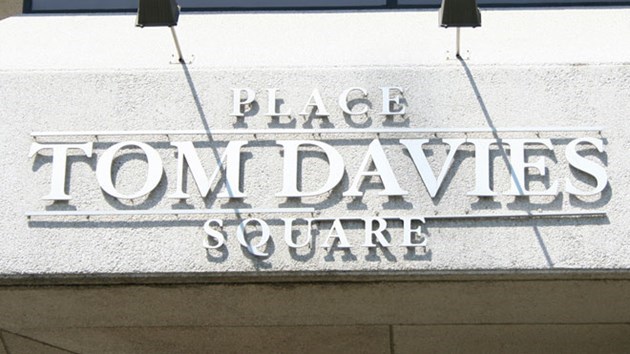With a comprehensive review of Greater Sudbury's fire services due this fall, city councillors received a history lesson Tuesday on why some homeowners in the city pay more property taxes than others.
The tax policy, known as area rating, was part of amalgamation in 2000, and was a way of bringing the former regional municipalities into one government, without imposing large tax hikes on outlying areas.
Ed Stankiewicz, the city's acting chief financial officer, said one of the challenges of amalgamation was the fact the old City of Sudbury had full-time firefighters and an urban transit system.
Area rating allowed the new city to tax residents with fewer services at a lower rate. Otherwise, taxes would have soared to cover the roughly $20 million that would have been required to equalize services.
For fire services, there are currently three tax rates: one for Sudbury, which has full-time firefighters, a second for Valley East, which has a mix of full-time and volunteers, and a third rate for areas only served by volunteer firefighters. On the tax bill, an average home in Sudbury pays $327 a year for fire, $234 in the Valley and $139 in the rest of the city.
For transit services, residents in Sudbury pay $176 a year for urban transit, which means several trips a day in areas across the city, while outlying areas pay $85 for “commuter service,” which means six to eight trips a day during the week along main arteries.
That mean annual tax bills in Greater Sudbury range from a low of $2,269 in areas without transit, all the way to $2,633 a year for areas with all services.
But since amalgamation, some services have been extended, which Stankiewicz said may mean it's time to review tax policies.
“As service levels are harmonized or where existing services are extended across municipal boundaries, area rating boundaries may need to be modified,” he said.
For example, since 2000, the fire department has started answering calls from any area of the city. Ward 9 Coun. Deb McIntosh wondered if residents were aware they receive service without a corresponding tax increase.
“Was there any direction to staff to change the level of service?” McIntosh asked. “Was the community consulted on this? Because if service increases, their taxes will go up. I wonder if they might want to have a choice in this.”
Trevor Bain, the city's chief of fire and paramedic services, said the change is part of the one city, one service approach fire has taken. Full-time crews are only dispatched when there's a confirmation there is a fire.
“A choice was made in doing that, to provide a better level of service, that sees our firefighters work together as one city, one service,” Bain said.
McIntosh said that policy has meant, in effect, some taxpayers are subsidizing services. Rather than take away that service, or impose higher taxes, she said the city should engage those communities to see what they want to do.
“People start expecting a certain level of service,” she said.
“There are areas of the city who are not paying for a certain level of service. They have a choice and that choice should be made in the open.”
Ward 7 Coun. Mike Jakubo wondered what the policies were before amalgamation.
“Was there a boundary there?” Jakubo asked. “If there was a fire in Garson, the Sudbury trucks didn't go there.”
Bain said the 'mutual aid' rules were in effect, which meant once you ran out of your own resources, you'd call other communities for help.
“That's old time thinking,” Bain said.
It would be difficult to keep a truck sitting idle in Sudbury, he said, when there was a fire somewhere else in the city.
“I understand it's a topic that needs much further discussion,” Bain said.
But he said the review of fire services will address things like the cost of maintaining 19 volunteer fire stations, along with their trucks.
“That has a price tag … there's a capital cost.
The fire services optimization report will be delivered at a meeting Oct. 16.
